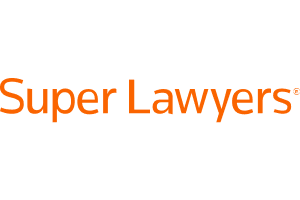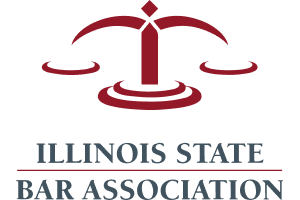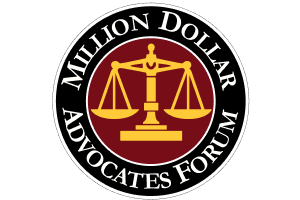- 24/7 Free Consultation: (888) 424-5757 Tap Here To Call Us
Understanding Wrong-Way Car Accidents in Chicago
Get Compensation for Injuries from a Chicago Wrong-Way Accident
Wrong-way car accidents are among the most violent and fatal collisions on U.S. roadways, accounting for 59% of accident-related deaths. These head-on collisions often happen suddenly, with little time for the other driver to react. When a vehicle travels against normal traffic, it turns a standard drive into a life-threatening emergency.
The consequences can be catastrophic for everyone involved. If you or someone you love was injured in this type of accident in Chicago, a car accident lawyer can help you understand your legal rights and options.
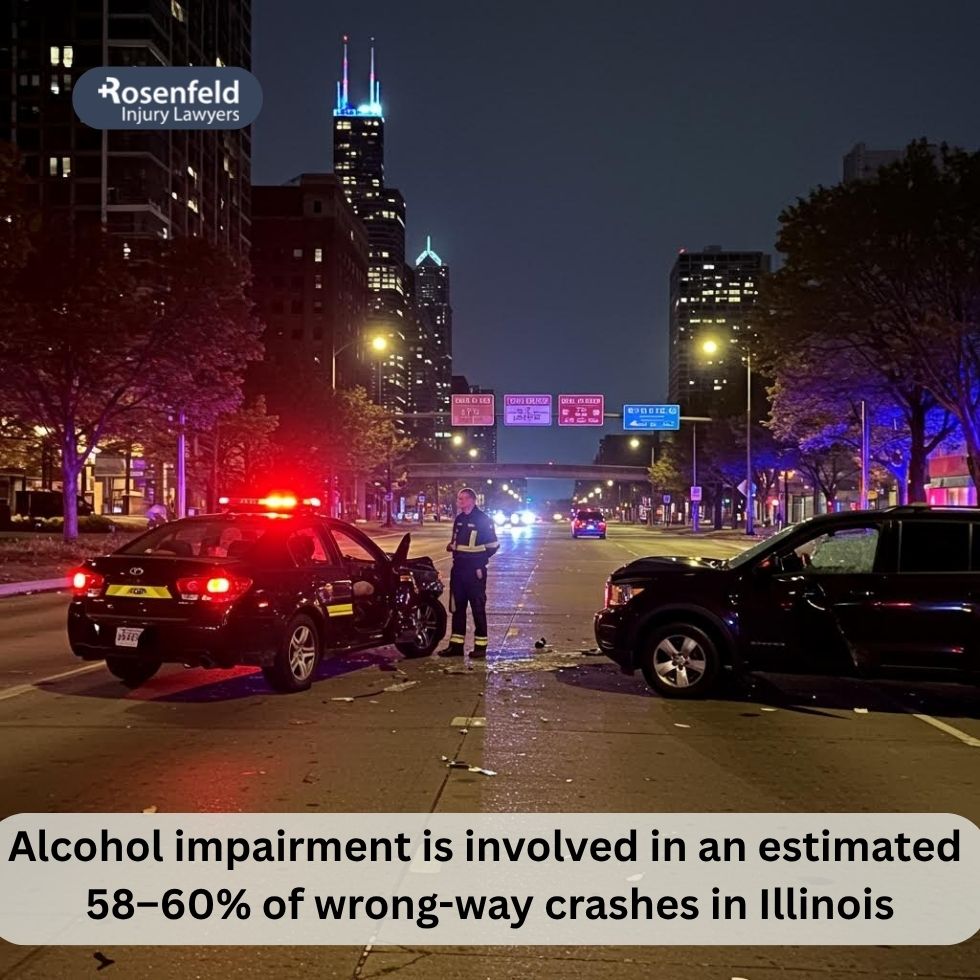
How Wrong-Way Car Wrecks Occur
Wrong-way driving accidents occur when a vehicle enters a roadway heading in the opposite direction of the intended traffic flow. These incidents often begin on freeway ramps, one-way streets, or during lane changes on divided highways. In most cases, these crashes involve a head-on collision, frequently at high speed, and result in severe injuries or fatalities.
According to the National Transportation Safety Board (NTSB), wrong-way crashes account for a significant number of highway fatalities in the U.S., and nearly 60% involve impaired drivers. When a driver makes the mistake of entering a ramp incorrectly or navigating a road in the incorrect direction, the approaching vehicle has almost no time to avoid impact.
Wrong-Way Driving and Wrong-Side Crash Trends
Illinois has enacted various measures to reduce wrong-way driving, particularly on expressways and interstates. These include proper signage, flashing warnings, and rumble strips near high-risk entry points. Despite these efforts, wrong-way accidents still happen. Chicago, with its dense highway network and many on-ramps, has seen a steady number of wrong-direction collisions, often involving intoxicated or confused drivers.
Data shows that wrong-way driving incidents typically happen between midnight and 6 a.m., aligning with increased alcohol impairment and low visibility. Local traffic laws require clear posting of “Do Not Enter” and “Wrong-Way” signs at exit points, yet many of these incidents still happen because of human error or impaired judgment.
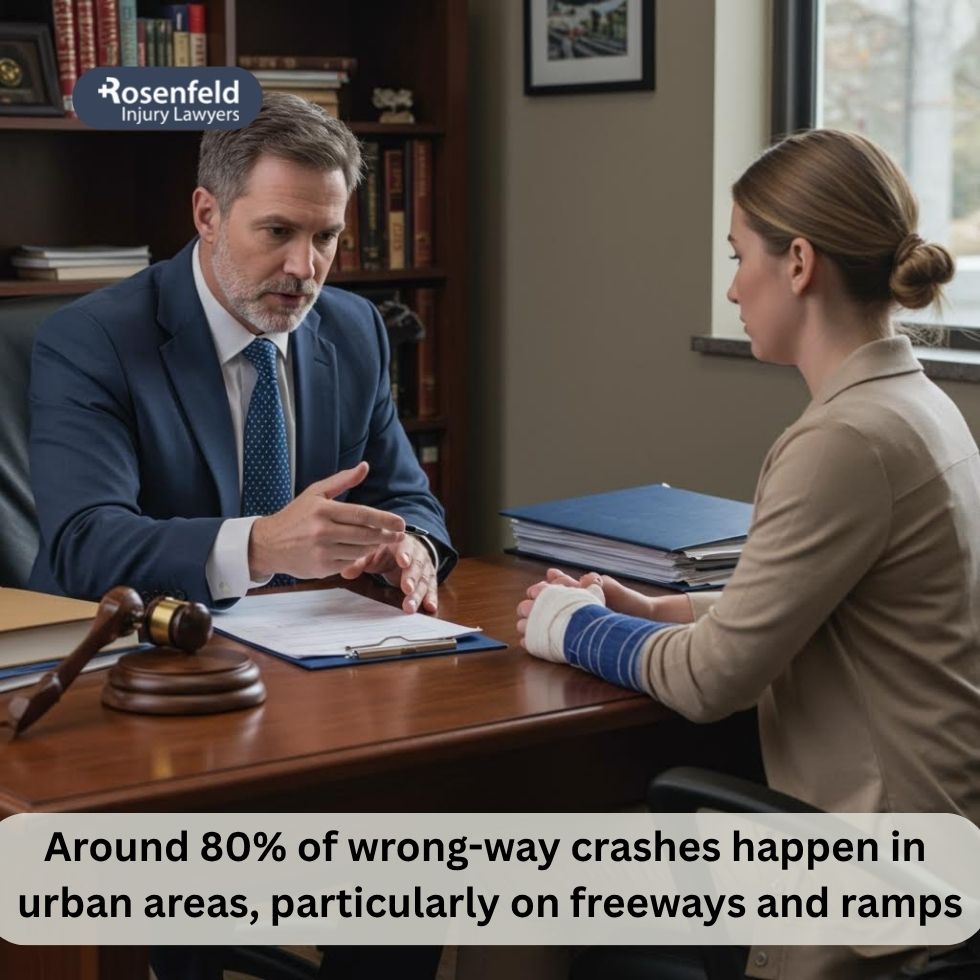
Severe Injuries From Opposite Direction Collisions
The head-on nature of these crashes makes wrong-way accidents incredibly dangerous. Victims often suffer severe injuries, especially when the collision happens at high speed. These injuries include traumatic brain injury, spinal cord injuries, internal organ damage, and broken bones. Some patients also face severe burns or lacerations due to vehicle fires or shattered glass.
These injuries usually require emergency surgery, long-term medical treatment, and months—or even years—of rehabilitation. In many cases, victims never fully recover. Some are left with permanent disabilities, limited mobility, and chronic pain that alters every aspect of daily life.
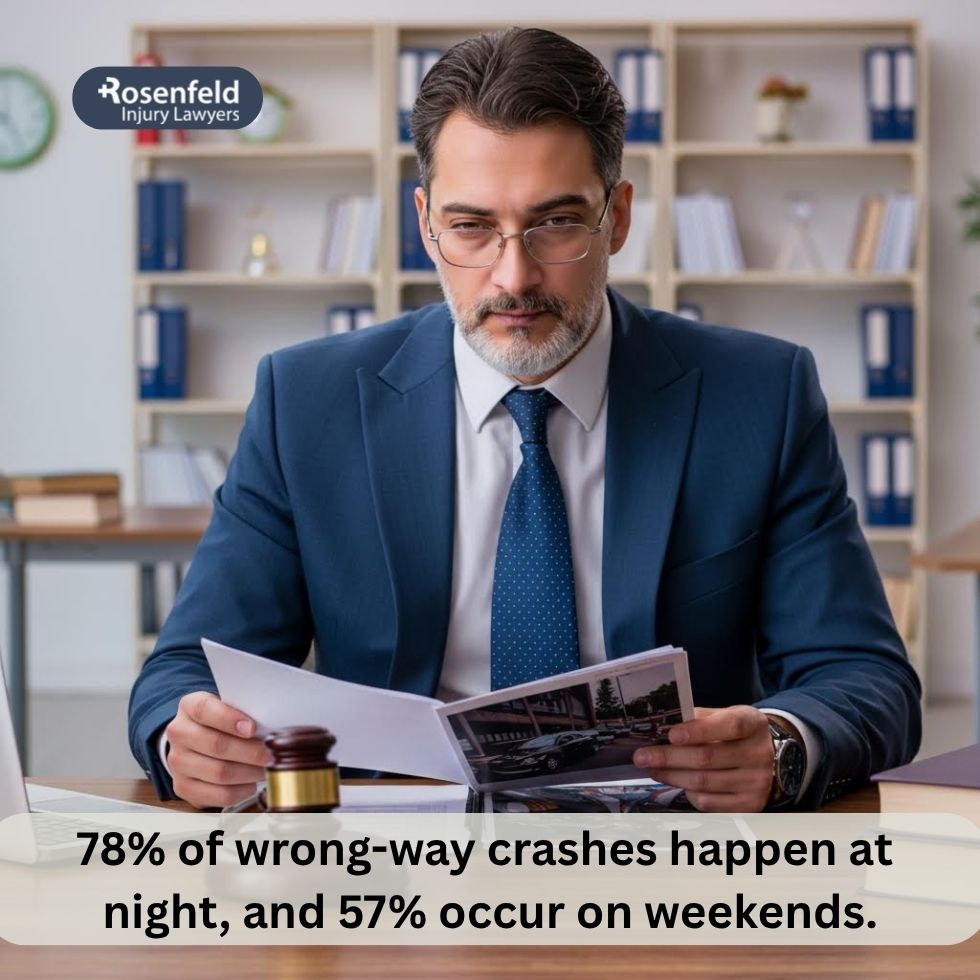
Common Causes of Wrong-Way Accidents
Alcohol and Impaired Driving
The most common cause of wrong-way driving is alcohol impairment. Drunk drivers often mistake exit ramps for on-ramps, misinterpret signs, or drive on the opposite side of divided roads. In fact, studies show that over 60% of fatal accidents involve alcohol.
Distracted Driving
Drivers who are texting, using their phones, or interacting with GPS systems may miss key road signs or departure warnings. Even a few seconds of distraction can lead a driver into oncoming traffic, increasing the risk of a head-on collision.
Poor Visibility and Road Design Flaws
Darkness, fog, rain, and poor road lighting all contribute to navigation mistakes. Drivers unfamiliar with an area may misread signs or enter the wrong lane during inclement weather. Road design flaws, such as confusing intersections or poorly marked ramps, can also contribute to wrong-way accidents.
Elderly or Disoriented Drivers
Wrong-way driving accidents are more likely among elderly or disoriented drivers. Medical conditions or confusion can cause drivers to misinterpret signage or lose awareness of the proper lane direction.
Why Chicago Roadways See Higher Wrong-Way Risks
Chicago’s road system includes some of the busiest and most complex traffic zones in Illinois.
Highways like the Dan Ryan Expressway (I-90/I-94), Eisenhower Expressway (I-290), and the Kennedy Expressway see heavy traffic daily and are frequent sites of wrong-way driving incidents. Lake Shore Drive, with its divided lanes and tight access points, can also confuse disoriented or impaired drivers, especially at night or during poor visibility conditions.
Many of these crashes happen near high-volume off-ramps and interchanges, particularly in areas surrounding the Loop. With one-way directional streets, construction detours, and dense traffic, navigation can be more difficult.
Intersections near I-55, I-294, and major arteries like Western Avenue and Cicero Avenue are also known risk zones. The combination of outdated signage, faded pavement markings, and confusing lane layouts makes it easier for a driver to enter the opposite direction without realizing it.
How to Reduce the Risk of a Wrong-Way Accident
Wrong-way driving accidents are among the most avoidable types of crashes, yet they continue to cause severe harm across Chicago and the rest of the country. Many wrong-way collisions occur because a driver is impaired, distracted, or confused about the road layout.
Even one misstep can lead to a head-on crash with devastating results. By taking proactive steps behind the wheel, drivers can help prevent wrong-way accidents and protect themselves from such accidents.
Stay in the Right Lane on Highways
Most drivers on the wrong side of the road mistakenly enter from an off-ramp and drive in the left lane, believing it’s the correct direction. Staying in the right lane greatly lowers your risk during late-night hours or in high-speed zones where wrong-way driving crashes are more common.
Watch for Warning Road Signs
Pay close attention to “Do Not Enter,” “Wrong-Way,” and “One Way” signs near intersections and ramps. These signs are placed to help prevent wrong-way accidents before they happen, but distracted or speeding drivers may miss them. Flashing indicators and pavement markings are also being used in some high-risk areas to warn of wrong-way driving.
Be Alert at Night and in Poor Weather
Wrong-way driving often occurs during nighttime hours when visibility is low. Fog, rain, and streetlight glare make it easier to miss an approaching vehicle coming in the opposite direction. Always scan ahead, especially in areas with complicated lane shifts or outdated infrastructure.
Use GPS With Caution
Relying on GPS directions alone can lead a driver the wrong way, particularly in unfamiliar areas or dense city layouts. Drivers should confirm the direction of traffic flow with physical signs and road markings to avoid entering a one-way street or the wrong side of the highway.
Report a Wrong-Way Driver Immediately
If you spot someone traveling against traffic, call 911 as soon as it is safe to do so. Law enforcement may be able to intervene before wrong-way collisions occur. These reports help reduce risk and can prevent additional vehicles from encountering the same driver.
Don’t Drive Impaired or Sleep-Deprived
Most wrong-way accidents involve drivers under the influence of alcohol or drugs. Others stem from confusion caused by fatigue. If you’re not fully alert, your chances of entering the wrong direction rise dramatically, especially on confusing interchanges or ramps.
Slow Down Near Exit Ramps and Intersections
Approach freeway exits and entrances with caution. Wrong-way collisions typically begin when a driver enters through an exit. Slowing down and scanning for warning signs gives you time to react before a wrong-way driver crosses your path.
Stay Focused to Avoid Common Injuries
Distraction behind the wheel reduces your reaction time in a wrong-way driving accident. Keeping your attention on the road helps you identify a potential threat sooner and steer away from a frontal collision that could cause common injuries like broken bones or head trauma.
Common Injuries in Wrong-Direction Accidents
Wrong-way collisions can result in a wide range of traumatic injuries:
- Traumatic brain injury: Caused by violent blows to the head in high-speed head-on crashes.
- Spinal cord injuries: May cause temporary or permanent paralysis depending on the damage.
- Broken bones: Particularly common in the legs, arms, and ribs.
- Internal organ damage: Includes damage to the liver, spleen, or lungs from impact or shattered bones.
- Severe burns: May occur from fuel leaks, electrical fires, or airbag deployment.
These injuries demand extensive medical care, and in many cases, victims suffer from long-term effects like cognitive decline, chronic pain, or permanent disability.
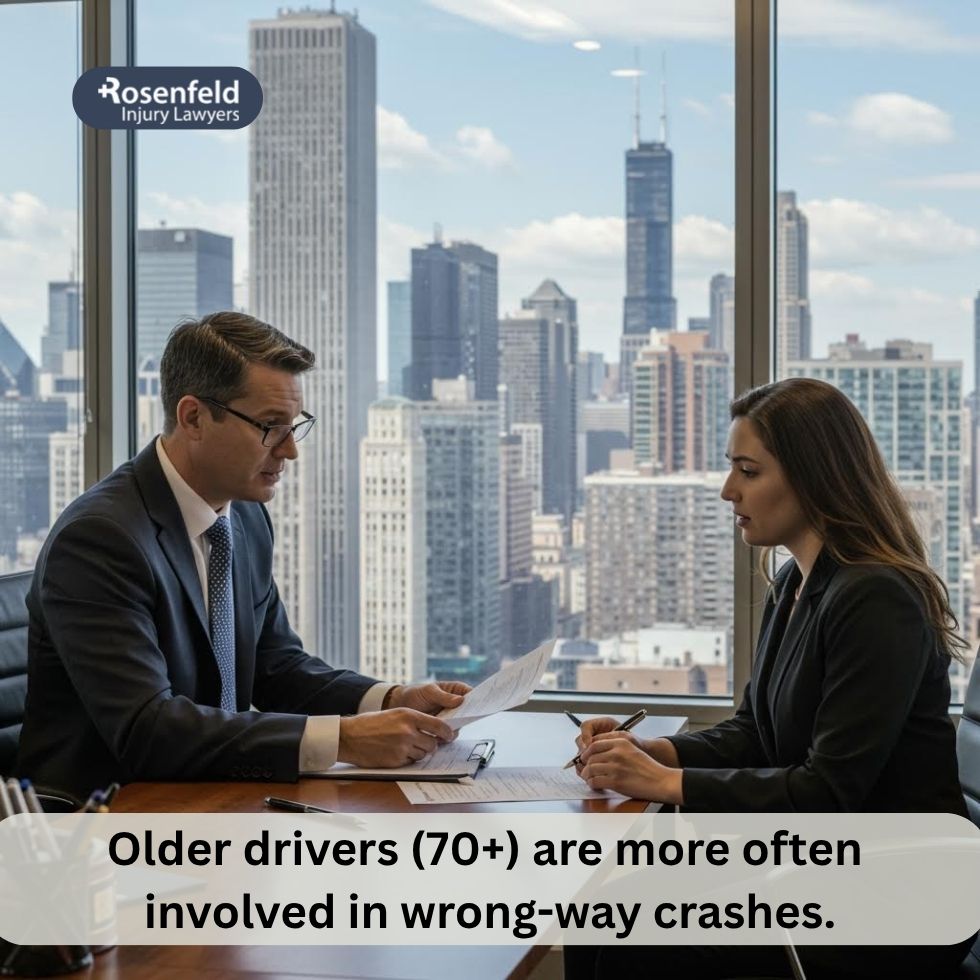
Illinois Laws That Support Wrong-Way Accident Injury Claims
Wrong-way accidents are among the most dangerous traffic events, often resulting in life-changing injuries. Illinois has several key laws that not only aim to prevent wrong-way crashes but also provide a legal foundation for personal injury claims.
If a wrong-way driver injured you, understanding these laws can help you and your attorney build a stronger case and pursue full compensation.
Here are some relevant Illinois laws that may support your injury claims:
Driving Under the Influence – 625 ILCS 5/11-501
Many wrong-way accidents involve impaired drivers. Proving that the other driver violated this statute can establish clear fault and strengthen your injury claim. DUI violations often lead to higher settlement amounts due to the reckless nature of the behavior.
Modified Comparative Negligence – 735 ILCS 5/2-1116
Illinois uses a fault-based system to determine how damages are awarded. If you’re found less than 50% at fault, you can still recover damages, though they may be reduced. Understanding this rule helps your lawyer prepare evidence that minimizes any blame placed on you.
Accident Reporting Requirements – 625 ILCS 5/11-407
Promptly reporting the crash is essential. This statute ensures there’s an official police report, which your legal team can use to document what happened, identify the wrong-way driver, and support your claim with facts gathered at the scene.
Statute of Limitations for Personal Injury – 735 ILCS 5/13-202
You generally have two years from the date of the crash to file a personal injury lawsuit. Missing this deadline can eliminate your right to compensation altogether. This law makes it critical to act quickly and begin building your case early.
Required Liability Insurance – 625 ILCS 5/7-601(a)
This statute requires all drivers to carry liability insurance, which is typically the first source of compensation for medical bills, lost wages, and pain and suffering. If their insurance coverage is insufficient, you may be eligible for additional compensation through underinsured motorist coverage.
Legal Help After a Wrong-Way Crash
Being injured in a wrong-way collision can change every aspect of your life, physically, emotionally, and financially. Victims often deal with high medical expenses, missed work, and trauma that lasts for years.
Filing a claim gives you the chance to recover compensation that helps ease the burden and support your recovery.
Here is the compensation you may be entitled to:
Medical Expenses
You can recover the cost of emergency care, surgeries, hospital stays, physical therapy, and future medical treatment related to the crash.
Lost Wages
These accidents can result in long-term or permanent injuries that affect your ability to work. Compensation may cover missed income and reduced earning potential.
Pain and Suffering
The emotional impact of such a crash can be overwhelming. A claim may account for the psychological distress, physical discomfort, and overall loss of enjoyment in life.
Ongoing Disability or Rehab Needs
If you suffered spinal injuries, traumatic brain injury, or other permanent effects, compensation may include long-term care costs, accessibility equipment, or home modifications.
Filing a Personal Injury Claim
After a wrong-way driving accident, filing a personal injury claim allows you to hold the at-fault party accountable. The claim includes evidence like police reports, crash scene photos, medical records, and witness statements. Your lawyer may also consult experts in accident reconstruction or medical care to strengthen the case.
Wrong-way collisions often involve impaired drivers, making it easier to establish negligence. However, insurance companies may still dispute the claim or undervalue your injuries. Working with a lawyer can help you navigate the process and build a case that reflects the true impact of the crash.
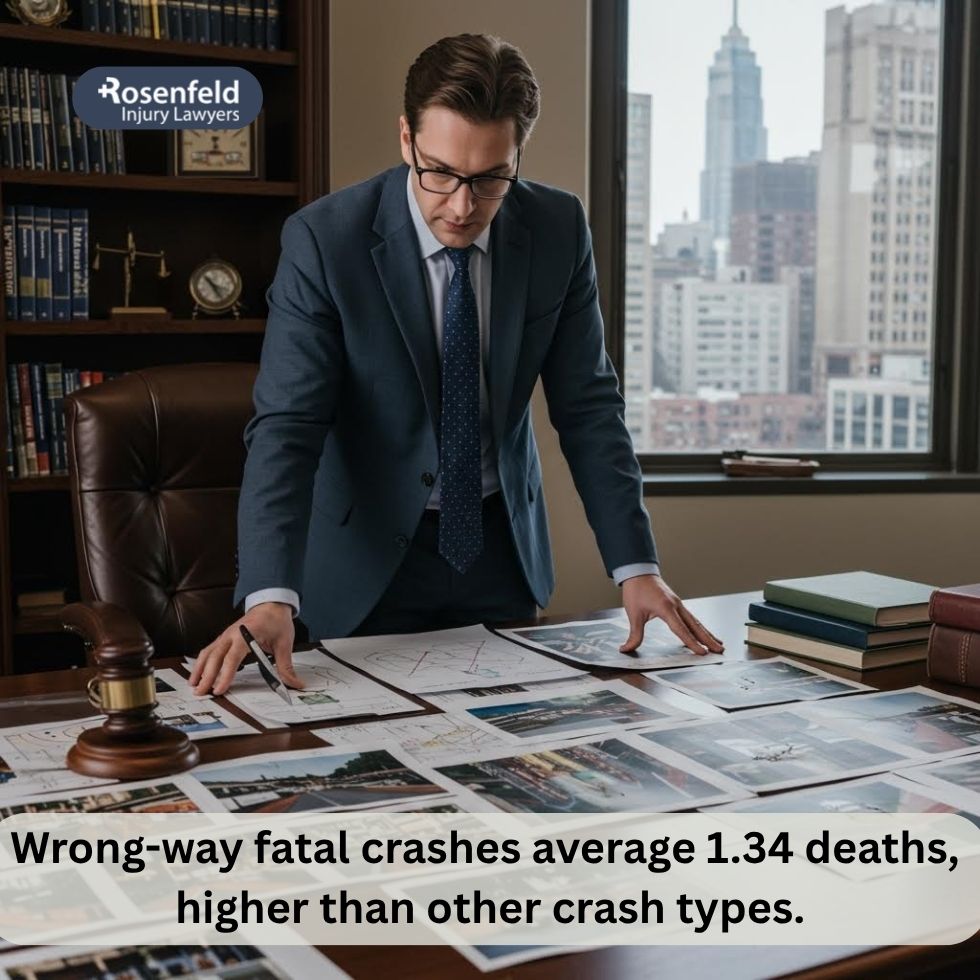
How a Personal Injury Lawyer Can Help
Navigating the aftermath of a wrong-way driving accident is never easy. Between serious injuries, insurance issues, and financial stress, many victims don’t know where to begin. That’s where legal representation makes a difference.
If you were hit head-on by oncoming traffic in one of Chicago’s many wrong-way crashes, hiring an attorney can give you the support needed to build a strong claim. Understanding what a Chicago car accident lawyer can do helps victims make informed decisions and focus on recovery.
Gathering and Organizing Key Evidence
A skilled attorney will begin by collecting vital records—police reports, surveillance footage, medical documentation, and crash scene photos. In wrong-way accidents, these materials can show exactly how the impact occurred and where the fault lies. If road design or missing signage contributed to the incident, that information will be preserved as part of your case.
Interviewing Witnesses and Bringing in Experts
Testimony from bystanders can clarify how the wrong-way crash unfolded. Your lawyer may also consult accident reconstruction specialists who can analyze debris patterns, vehicle angles, and road conditions. This is especially useful when the wrong-way driver fled the scene or provided conflicting details about what happened.
Proving Fault in a Wrong-Way Driving Accident
Demonstrating liability is critical. A personal injury lawyer will work to show that the other driver was impaired, distracted, or entered the road in the wrong direction. In wrong-way driving accidents, fault is typically clear, but insurers may still try to deny or reduce your claim. Strong evidence connecting the other vehicle’s movement to your injuries can counter those tactics.
Handling Insurance Negotiations and Litigation
If the insurance company refuses to offer a fair settlement, your attorney is prepared to escalate. They’ll take charge of all communication, push for full compensation, and prepare for trial if needed. Wrong-way crashes often involve complex damages and long-term recovery, so it’s essential to have an advocate who understands what’s at stake.
Talk to a Car Accident Attorney Today

Wrong-way accidents leave lasting impacts on victims and families. If you or a loved one was injured in such an accident, you have legal options. A car accident lawyer can evaluate your case, determine liability, and help you pursue the compensation you need.
Contact our Chicago personal injury law firm for a free consultation. We’ll help you understand your rights and guide you through the process of seeking justice after a wrong-way driving accident.
Call (888) 424-5757 or fill out our online form.
All content undergoes thorough legal review by experienced attorneys, including Jonathan Rosenfeld. With 25 years of experience in personal injury law and over 100 years of combined legal expertise within our team, we ensure that every article is legally accurate, compliant, and reflects current legal standards.
